Russia has reportedly started producing a new long-range attack drone called the Garpiya-A1, which uses Chinese engines and parts. This drone has been deployed in the war in Ukraine, causing damage to critical infrastructure and resulting in both civilian and military casualties. The information comes from two sources from a European intelligence agency and documents seen by and reported on by Reuters.
Garpiya-A1 Drone Production and Deployment
The intelligence indicates that IEMZ Kupol, a subsidiary of Russian state-owned weapons maker Almaz-Antey, produced more than 2,500 Garpiyas from July 2023 to July 2024. The drone, which means Harpy in Russian, has been used against military and civilian targets in Ukraine. Images of the wreckage of a Garpiya were shared with Reuters, although the authenticity of these images could not be independently confirmed.
According to the sources, the Garpiya has been deployed to cause significant damage to critical infrastructure in Ukraine, as well as resulting in both civilian and military casualties. This marks a new phase in Russia’s drone warfare capabilities, as the Garpiya represents a departure from their previous reliance on Iranian-designed drones.
Chinese Involvement in Russian Drone Production
The Garpiya incorporates Chinese technology, marking a departure from Russia’s reliance on Iranian designs for long-range drones.
Samuel Bendett, an adjunct senior fellow at the Center for a New American Security, reportedly told Reuters that this could indicate Russia’s increased reliance on domestic development and Chinese components for drone production.
“If this is happening, it could indicate that Russia can now rely more on domestic development as well as, obviously, on China, since both sides in this war depend on many Chinese components for drone production,” Bendett said.
Iran has supplied more than a thousand Shahed “kamikaze” drones to Russia since the start of the invasion in February 2022. These drones have been used to exhaust Ukrainian air defenses and hit infrastructure far from the front lines. Iran has repeatedly denied sending drones to Russia for use in Ukraine.
NATO and US Concerns
NATO Secretary General Jens Stoltenberg recently called on China to stop supporting Russia’s war in Ukraine, stating that Beijing’s assistance has been a significant factor in the continuation of the conflict. The Chinese foreign ministry responded by saying that Beijing strictly controls the export of items with potential military applications, including drones, and that there are no international restrictions on China’s trade with Russia.
The United States has repeatedly warned Beijing over its support for Russia’s defense industry. Washington has imposed hundreds of sanctions aimed at curbing Moscow’s ability to exploit certain technologies for military purposes. The State Department and the White House did not respond to a request for comment for this story.
Garpiya-A1 Drone Specifications
The Garpiya-A1 closely resembles the Shahed but has several distinguishing features, including a unique bolt-on fin and Limbach L-550 E engines. The engine, originally designed and manufactured by a German company, is now produced in China by Xiamen Limbach. The drone has a take-off weight of less than 300 kilos and a maximum range of 1,500 kilometers, similar to Iran’s Shahed-136 drones.
The Washington Post reported in August that Russia aimed to increase production of a domestic version of the Shahed-136, known as the Geran-2, at a plant in the Alabuga Special Economic Zone, in Tatarstan. Ukraine said in April it had carried out a Drone Strike against a drone manufacturing plant at Alabuga.
Production Facility
Reuters reviewed a contract worth more than 1 billion rubles (10 million euros) signed in the first quarter of 2023 between the Russian defense ministry and Kupol for the development of a factory to produce the drones. The intelligence sources said a former cement factory situated in Izhevsk, Udmurt Republic, in western Russia – which was purchased by Kupol in 2020 – is being used to produce the drones.
Using a video of a Russian drone production facility posted on the Telegram messaging app, Reuters was able to identify the site as the factory in Izhevsk from the color and design of the building’s beams and internal architecture which matched file imagery of the site. The location of the file imagery was verifiable from nearby buildings, roads, and trees that matched street views and satellite imagery.
A prototype of the Garpiya was launched in the first half of 2023, company communications showed. Production reached several hundred in the second half of 2023 and more than doubled to around 2,000 in the first half of 2024, the agency said.
Chinese Companies Involved In Supply
Corporate documents dated from the second quarter of 2023, reviewed by Reuters, showed that supplier TSK Vektor procured parts from Chinese companies for assembly at the Kupol site; 800 Chinese engines were also to be delivered to the new plant where the production line was due to be ready by the end of the quarter.
A third document reviewed by Reuters – a delivery status update between the intermediary TSK Vektor and the manufacturer Kupol, dated in the first quarter of 2024 – detailed an order for 100 axles, carburetors, and other Limbach engine parts supplied by two other Chinese companies: Juhang Aviation Technology and Redlepus Vector Industries, both based in Shenzhen.
Juhang, which was placed under British sanctions in February and U.S. sanctions in May for providing Russia with drone equipment, and Redlepus did not respond to requests for comment.
Customs data, obtained from a commercial supplier that records and compiles the information, showed that from April 2022 to December 2023, TSK Vektor imported $36.3 million in goods from Chinese Juhang Aviation Technology, and $6.2 million from Redlepus TSK Vector Industrial Shenzhen Co Ltd.
According to the customs documents, the goods included aircraft engines, transistors, electronic modules, connectors, plugs and sockets, spare parts, and components most of them marked as “for general civil purpose”, “for general industrial purpose”, “for general civil use”.
DroneXL’s Take
The development of the Garpiya-A1 drone highlights the growing importance of Drone Technology in modern warfare. As seen in Ukraine, drones are becoming critical tools for both offensive and defensive operations. This story underscores the need for continued innovation and investment in drone technology.
For more on how drones are being used in various contexts, check out our recent articles on delivery by drone and drone technology.
What are your thoughts on this article? Leave your comments below.
Discover more from DroneXL
Subscribe to get the latest posts sent to your email.

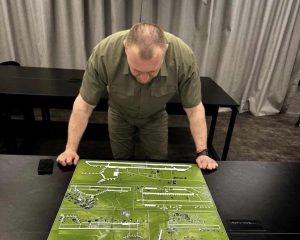
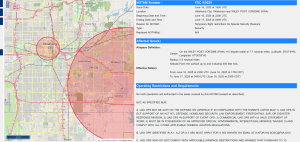
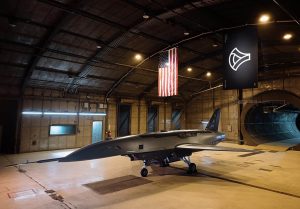


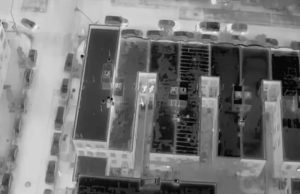


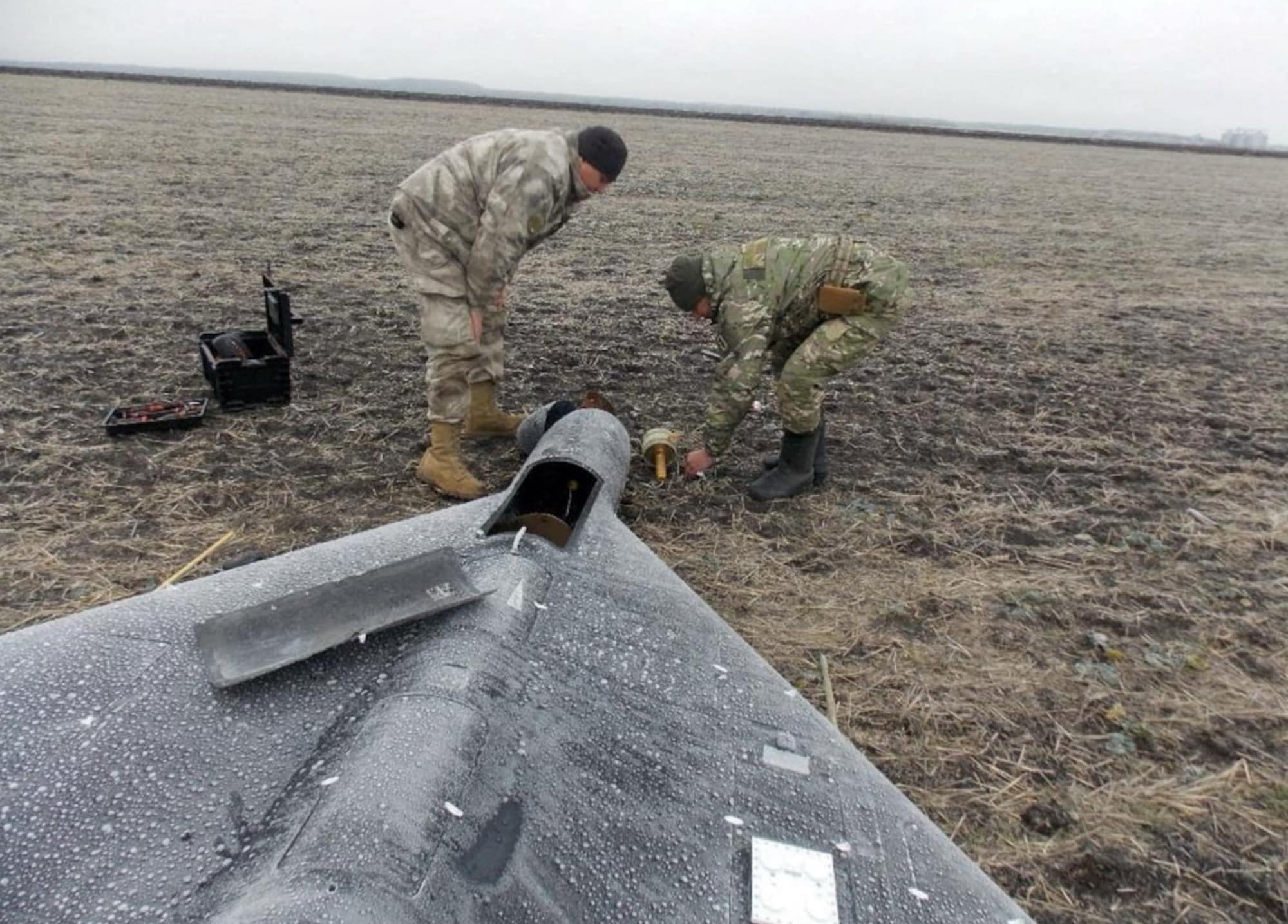
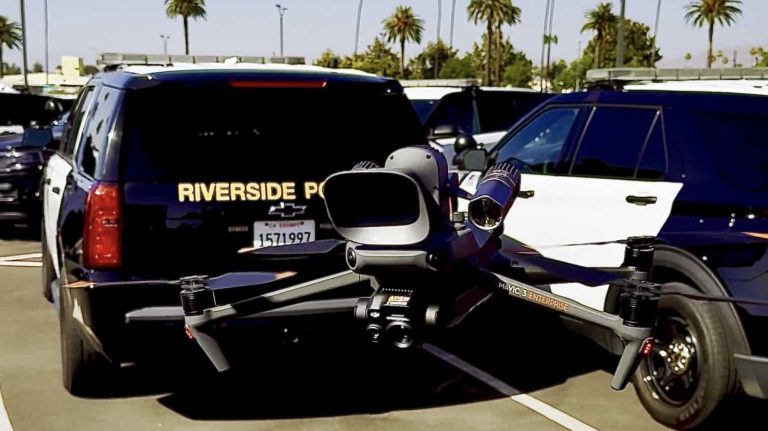
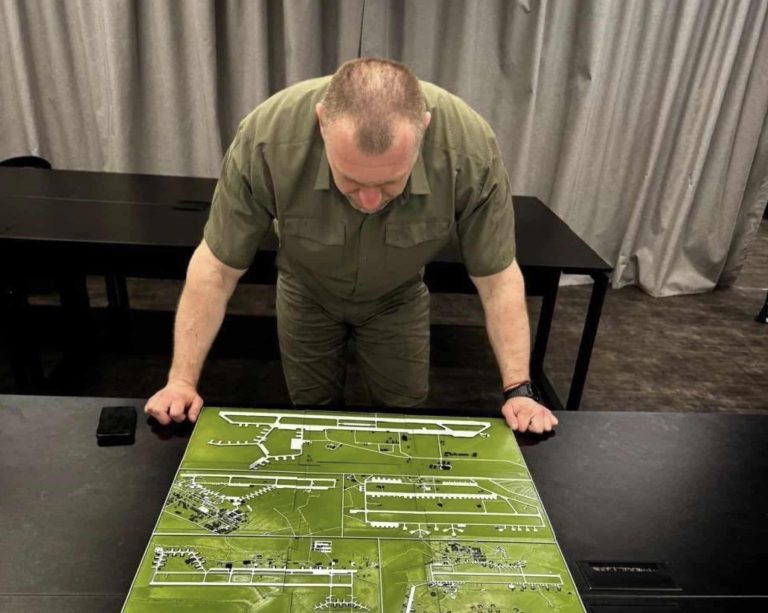
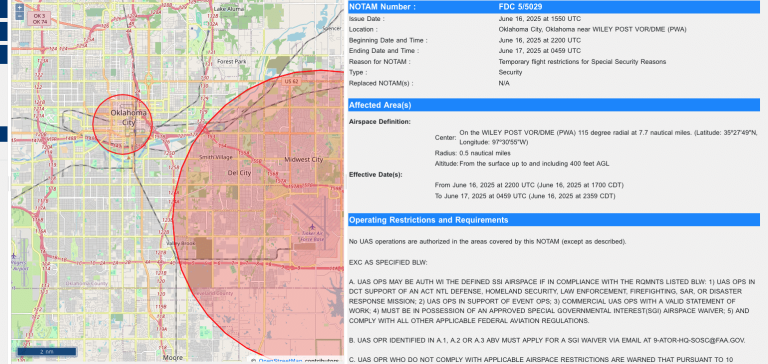


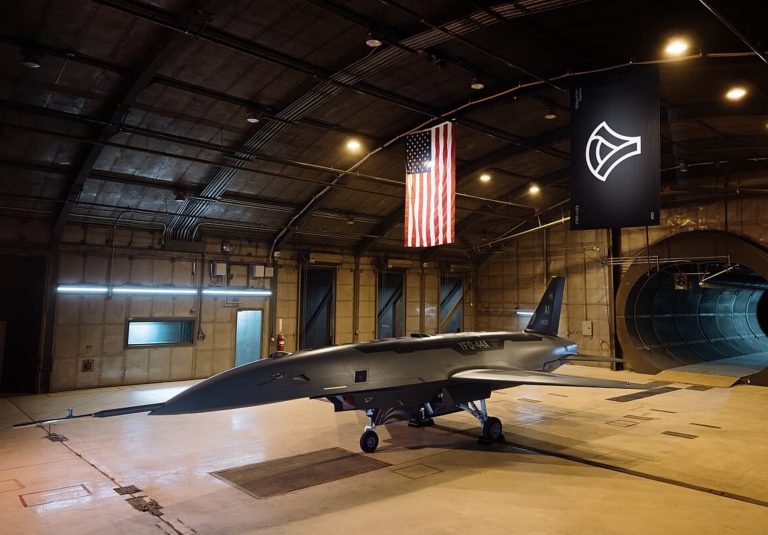
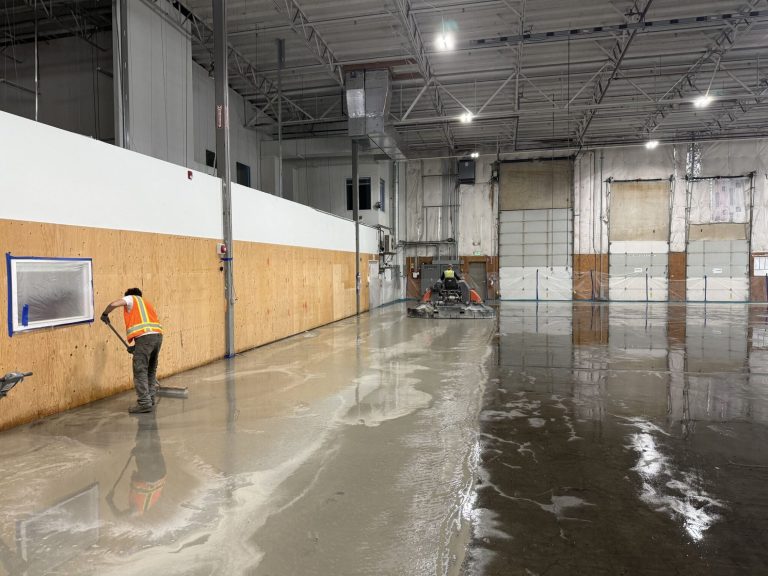
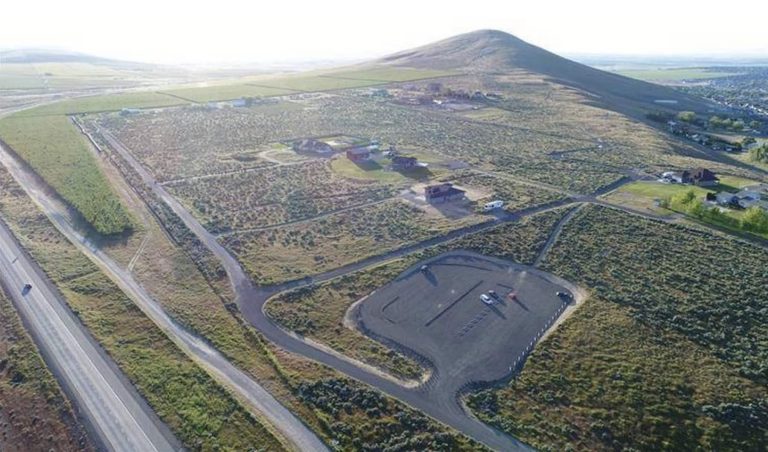
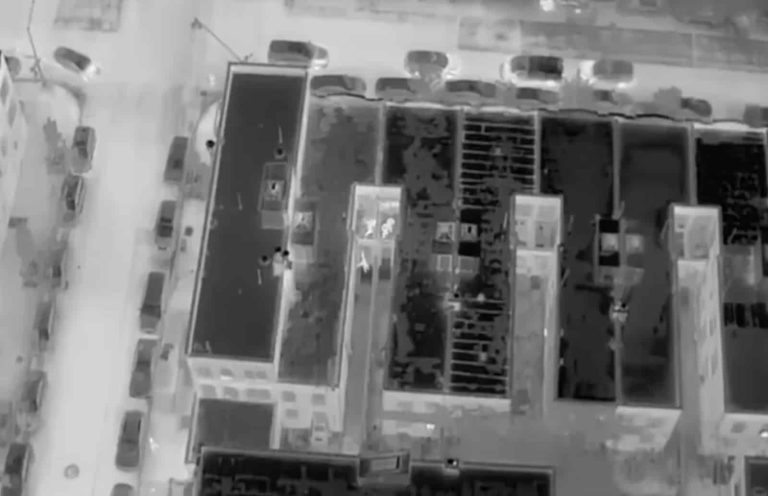

+ There are no comments
Add yours